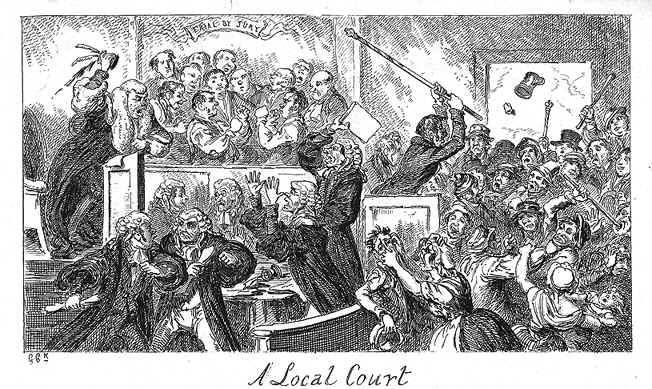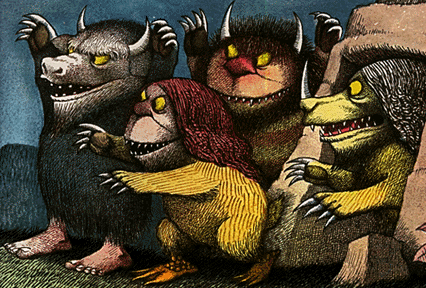 A
Local Court. An etching by George Cruikshank (1972 - 1878).
A
Local Court. An etching by George Cruikshank (1972 - 1878).
Sendak’s work has
inspired and influenced other artists such as Jim Henson’s very popular
Muppets, which draw from Where the Wild Things Are. The wild hair,
exaggerated facial features, large teeth, and somewhat human limbs of the
wild things can be seen in the Muppets. Also much like Max in Where the
Wild Things Are, the popular television series Bobby, created by Howie
Mandel, includes bedtime monologues.
Maurice Sendak has continued to add to his versatile collection of works and
is now widely accepted as a master of children’s literature.
 A
Local Court. An etching by George Cruikshank (1972 - 1878).
A
Local Court. An etching by George Cruikshank (1972 - 1878).

|
|
|
|
|||||||||||||||
|
|
 |
|
|
||||||||||||||
 |
 |
 |
|
||||||||||||||
|
|
 |
|
|||||||||||||||
|
|
|
|
|||||||||||||||
|
|
 |
|
 |
|
 |
|
 |
|
 |
 |
|
||||||
|
|
|
|
|
|
|
||||||||||||
|
|
|
||||||||||||||||
|
|
|
|
|
|
|
|
|
|
|
|
|
|
|
|
|
|
|